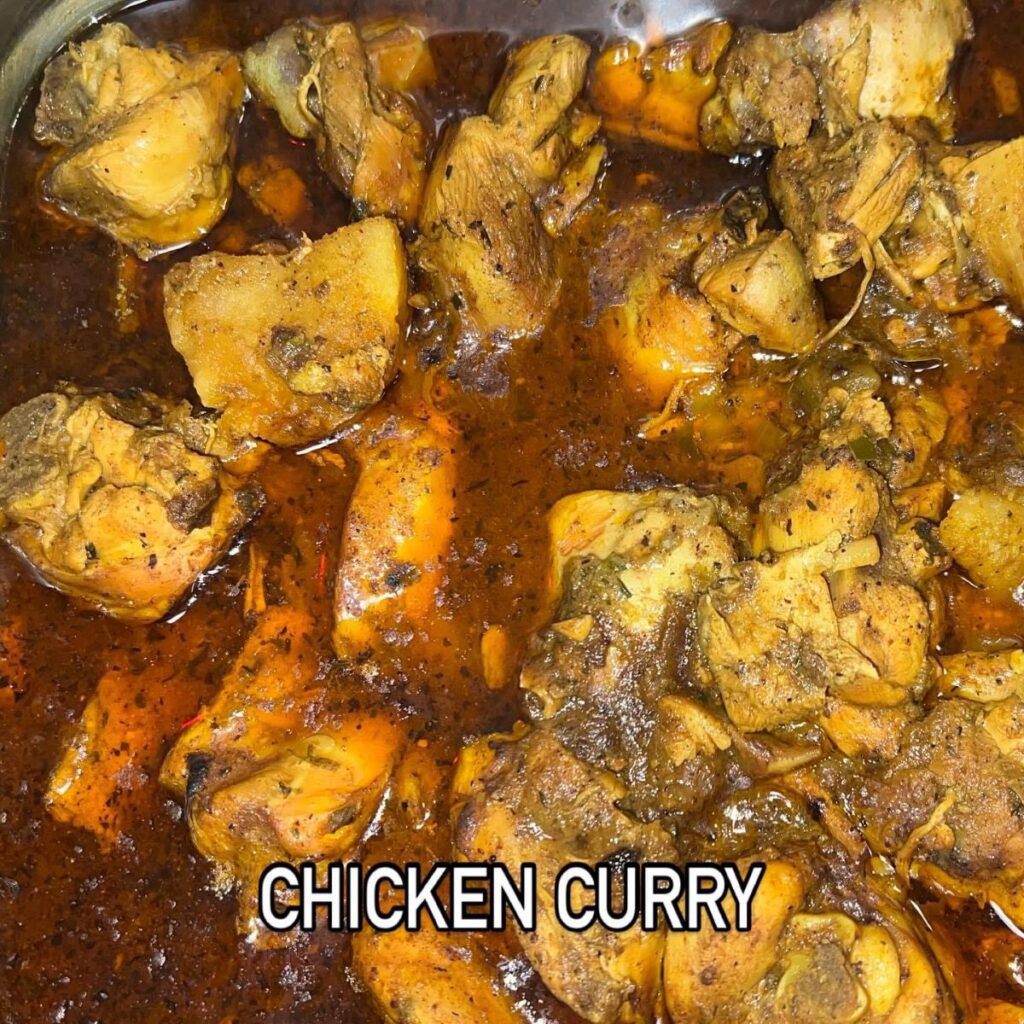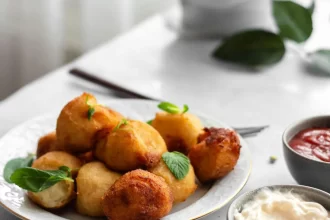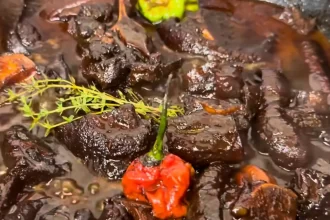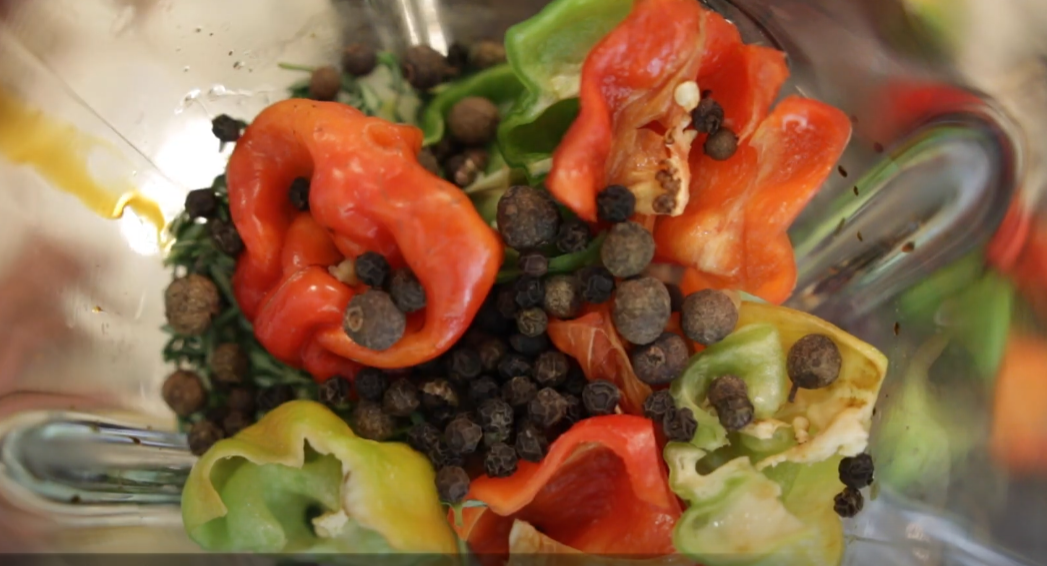In 2024, the food world is buzzing about third-culture cuisine—a term that celebrates how people from diverse cultural backgrounds combine traditional and local ingredients to create something new. Forget “fusion food” as a one-time trend. Third-culture cuisine represents how people from different heritages are blending flavors to reflect their modern, multicultural lives. And guess what? Guyanese cuisine has been doing this long before it became cool!
What is Third-Culture Cuisine?
In simple terms, third-culture cuisine happens when people from various cultural backgrounds combine their culinary traditions to create new flavors and dishes. It’s more than just mashing two types of food together; it’s about celebrating identities, experiences, and stories through food.
Guyanese food is a perfect example. With influences from African, Indian, Chinese, Portuguese, and Indigenous peoples, Guyanese dishes are packed with history and flavor. Our curries, fried rice, roti, and pepperpot are natural representations of what happens when cultures meet in the kitchen. It’s where the Caribbean’s bold flavors mix with the rich spices of India and the freshness of Chinese cuisine.
A Taste of Guyana’s Culinary Blend
“When you dig into a plate of Guyanese fried rice, you’re not just eating a meal—you’re tasting history.”
Fried rice became popular thanks to the Chinese immigrants who came to Guyana in the 1800s. They mixed their rice-cooking techniques with local ingredients, creating a dish that’s now a national favorite. Toss in some Guyanese-style chicken or shrimp, and you’ve got a culinary fusion masterpiece.
On the other hand, pepperpot is a classic Amerindian dish passed down through generations, spiced up with African and European flavors over time. It’s traditionally made with cassareep—a syrupy extract from the cassava root—and slow-cooked meats like beef or pork. Now, imagine serving this dish alongside Indian–style roti, and you’ve got a third-culture meal that tells the story of Guyana’s history with every bite.

Why Third-Culture Cuisine is Trending
So, why is third-culture cuisine having a moment in 2024? People are looking for food that tells a story—dishes that reflect where they come from and where they’re going. According to food trend experts, it’s also about re-examining ingredients that were once misunderstood. Take MSG, for instance. Once wrongly accused of causing “Chinese restaurant syndrome,” MSG is now being celebrated for its umami-rich flavor (International Food Information Council).
In a world where food brings people together, Guyanese cuisine is the embodiment of what it means to blend cultures. It’s comforting, adventurous, and full of flavors that surprise and delight.
Guyanese Dishes That Reflect Third-Culture Cuisine
Here are a few dishes that highlight the beauty of third-culture cuisine in Guyanese cooking:

Why Guyanese Food Leads the Way
Guyanese food isn’t just third-culture cuisine—it’s been blending flavors for centuries.”
As more people look to explore authentic flavors that reflect multicultural identities, Guyanese food is primed to become a global favorite.
Our dishes are bold, unapologetic, and filled with history. Whether it’s adding a Caribbean kick to an Indian curry or mixing Chinese cooking methods with Indigenous ingredients, we’re always innovating. And that’s why third-culture cuisine is more than just a trend—it’s a way of life for us Guyanese folks.










